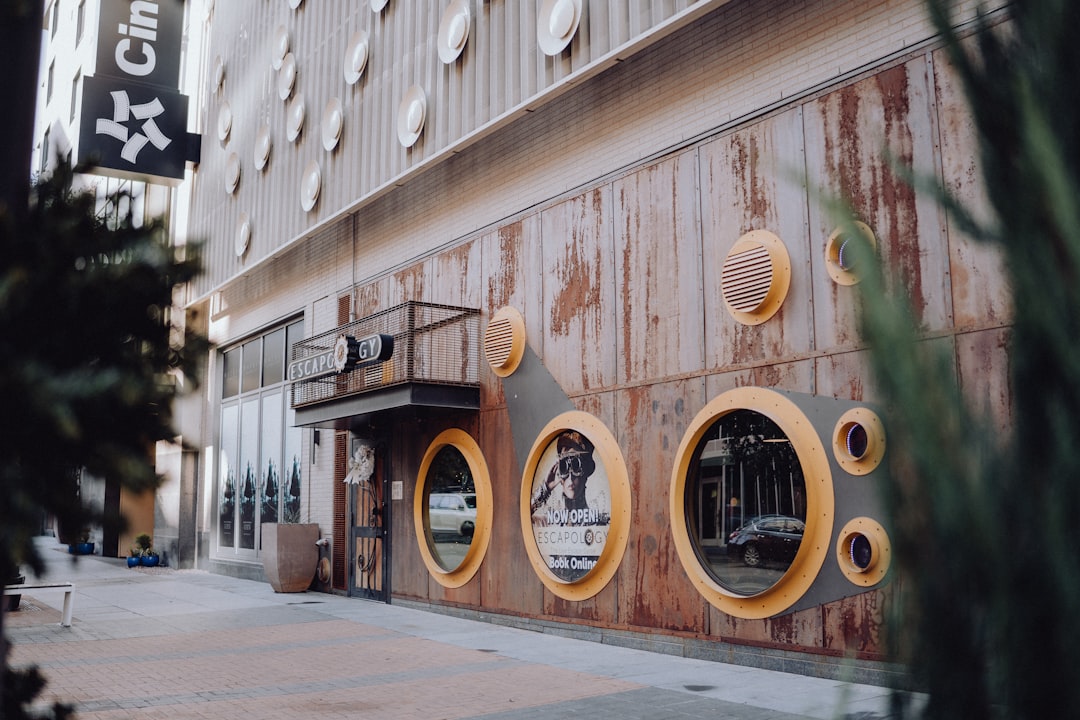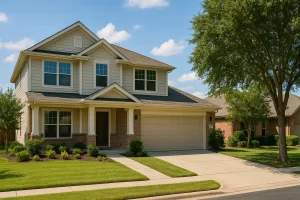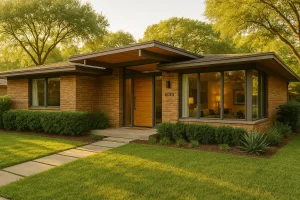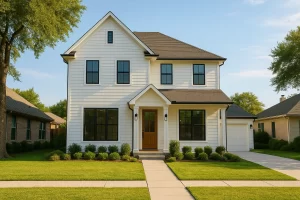Overview of the Cost of Living in Dallas, Texas
When considering housing costs in Dallas, it’s important to note that the average rent for an apartment is $1,592. This makes it a significant portion of monthly expenses for residents. Additionally, energy bills in Dallas amount to approximately $219.02 per month. This is an essential utility expense that residents need to factor into their budgets. Despite the housing expenses, the cost of living in Dallas remains 2% cheaper than the national average. This provides some relief for individuals and households.
Transportation expenses in Dallas play a vital role in the overall cost of living calculation. With the cost of a gallon of gas at $3.09, residents need to consider fuel costs as part of their daily expenditures. Public transportation options in Dallas, such as buses, light rail, and commuter rail services, offer alternatives. These options help reduce transportation expenses and contribute to a more sustainable lifestyle. Moreover, Dallas’s Walk Score of 46, Transit Score of 39, and Bike Score of 46 indicate the city’s accessibility. These scores show the suitability for pedestrians, commuters, and cyclists. Consequently, they impact transportation costs and overall quality of life.
Housing Costs and Dallas Cost of Living
When considering housing costs in Dallas, it’s essential to look at various factors influencing overall expenses. For instance, the average monthly rent for an apartment in Dallas is $1,592. This makes it a crucial aspect of the cost of living. Moreover, energy bills amount to around $219.02 per month. This adds to the regular housing expenditure that individuals and households must budget for.
Furthermore, while housing in Dallas is 2% cheaper than the national average, it still represents a significant financial commitment. Understanding these housing costs is vital for individuals relocating to Dallas. It’s also important for current residents managing their expenses. For example, knowing the average rent and energy bill expenses can help individuals budget accordingly. They can then make informed decisions about their living arrangements.
Transportation Costs and Dallas Cost of Living
Transportation expenses in Dallas play a significant role in the overall cost of living. Residents spend approximately $3.09 for a gallon of gas. However, they also have access to diverse public transportation. For example, the city offers buses, light rail, and commuter rail services. These options provide convenient and cost-effective alternatives to driving.
This variety of transportation helps reduce individual fuel costs. It also contributes to a more sustainable lifestyle for Dallas residents. Moreover, Dallas’s infrastructure supports different commuting modes. This is evident from its Walk Score of 46, Transit Score of 39, and Bike Score of 46. These scores reflect the city’s efforts to enhance walkability and cycling infrastructure.
For instance, with a Transit Score of 39, Dallas offers many public transportation options for daily commutes and errands. This emphasis on multi-modal transportation benefits residents economically. It also promotes healthier and environmentally conscious ways of getting around the city.
Food Prices and Dallas Cost of Living
When considering the cost of living in Dallas, it’s essential to examine food prices. These costs can significantly impact residents’ budgets. Groceries and dining expenses in Dallas are about 8% higher than the national average. This affects the overall cost of living for individuals and households.
For instance, a loaf of bread costs around $3.08. A bottle of wine is priced at $14.00. Additionally, a fast-food meal amounts to about $8.00. These examples showcase the variation in food prices. They also highlight the diverse culinary landscape that Dallas offers, from everyday staples to dining-out options.
Moreover, healthcare costs, such as optometry check-ups averaging $143.73 and dental appointments around $130.53, play a significant role. These expenses are crucial when budgeting for daily necessities and healthcare needs. Understanding these costs helps residents make informed decisions about their spending habits. Consequently, they can navigate the city’s cost of living more effectively.
Healthcare and Childcare Costs in Dallas
When it comes to healthcare and childcare costs in Dallas, residents need to budget significantly for these services. Utilities in Dallas cost 14% more than the national average. Therefore, residents must manage energy consumption effectively to control expenses. Additionally, healthcare services in Dallas are 12% higher than the national average. This means budgeting more for routine check-ups and medical emergencies is essential.
Furthermore, Dallas ranks as the 3rd most expensive city globally for mobile phone plans. This highlights the additional financial strain beyond basic healthcare and utility costs. As a result, individuals and households must carefully consider these higher expenses when planning their budgets. By being mindful of these costs and seeking savings strategies, residents can navigate Dallas’s financial landscape more effectively. This ensures essential needs are met without overspending.
Entertainment and Leisure Costs in Dallas
When it comes to entertainment and leisure expenses, Dallas offers diverse opportunities for residents. For example, outdoor parks like Katy Trail and White Rock Lake Park provide recreational options. Additionally, cultural institutions such as the Dallas Museum of Art and the Perot Museum of Nature and Science cater to a variety of interests.
For instance, the average cost of a movie ticket in Dallas is $12.00, aligning with the national average. This allows residents to enjoy cinema without significant budget constraints. Moreover, the cost of non-essential services like entertainment and grooming is about 8% higher than the national average. This higher cost may affect choices in leisure activities and personal care services.
Residents might need to budget more carefully or seek alternatives to manage discretionary spending. Despite slightly higher expenses, Dallas residents can still enjoy a vibrant social life. They can engage in various recreational pursuits, contributing to the overall quality of life in the city.
Comparing Dallas Cost of Living with Other Cities
When considering the cost of living in Dallas, it is essential to compare it with other cities. This helps gain a comprehensive understanding of the financial landscape. Dallas stands out by being 10% higher than the state average. It is also 2% higher than the national average.
For instance, compared to Las Vegas, Dallas is 7.1% more expensive. Particularly, rent in Dallas is 28.0% higher. This disparity in housing costs can significantly impact individuals or households planning to relocate.
Moreover, numbeo.com provides insights into nearby cities’ cost of living comparisons. This offers valuable information for those contemplating a move. By examining these comparisons, individuals can make informed decisions based on their budget and lifestyle preferences. Understanding these cost differentials aids in financial planning. It also provides a broader perspective on the overall affordability and quality of life in the region.























